
Image source: Freepik
Introduction to World-Renowned Tourist Spots in the Philippines
The Philippines, an archipelago of more than 7,600 islands, is a treasure trove of natural wonders, historical landmarks, and cultural gems.
Tourists from across the globe are drawn to its pristine beaches, vibrant coral reefs, and centuries-old heritage sites. With multiple UNESCO World Heritage Site designations and a landscape that ranges from mountains and rice terraces to tropical seas and limestone cliffs, the country is home to some of the most world-renowned tourist spots in the Philippines.
Travelers looking for unforgettable adventure will find plenty to experience here, whether on the largest island of Luzon with its historic heart in Manila City, or on the smaller, pristine islands that captivate nature lovers and adventure seekers.
Let’s get on a journey across ten destinations that highlight the country’s natural beauty, rich history, and warm hospitality.
Boracay Island in Aklan
No list of world-renowned tourist spots in the Philippines is complete without mentioning Boracay Island. Known for white beaches, a four-kilometer stretch of powdery sand and crystal clear waters, Boracay consistently ranks among the most stunning beaches in the world.
Visitors enjoy more than just swimming. Island hopping tours and boat tours around Boracay lead travelers to gems like Puka Beach and secluded coves with pristine beaches and nearby islands.
Adventurers can try parasailing, kitesurfing, or cliff jumping, while evenings come alive with Boracay’s vibrant nightlife along the shoreline.
The island blends relaxation and excitement—whether you’re enjoying quiet mornings on the sand or mingling with crowds at beachside cafés.
Today, communities such as Camella Aklan provide opportunities for visitors who wish to turn a holiday destination into a home, staying close to this tropical paradise year-round.
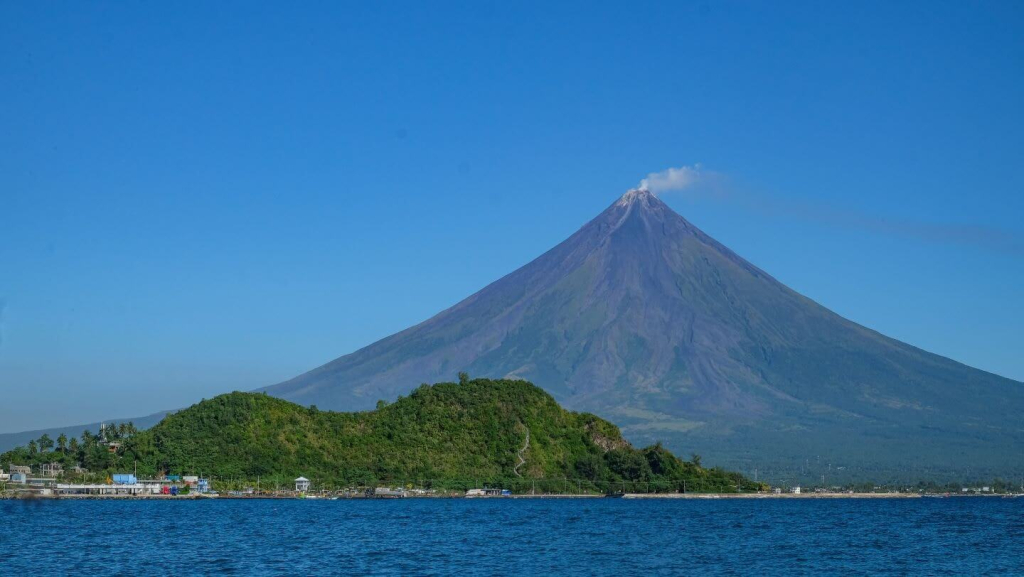
Mayon Volcano in Albay
In the Bicol Region, Mayon Volcano stands as one of the Philippines’ most iconic natural landmarks. Famed for its perfect cone shape, Mayon has inspired myths, paintings, and poems for generations. It draws hikers, photographers, and adventure seekers hoping for an unforgettable experience.
Mayon’s stunning landscape is complemented by its surrounding cultural towns and heritage churches. Explorers can visit the ruins of Cagsawa Church, which was buried by a historic eruption.
For many, standing before Mayon symbolizes the enduring spirit of locals who live in the shadow of one of the country’s most powerful natural wonders.
Communities such as Camella Legazpi provide modern living spaces near Mayon’s backdrop, allowing residents to admire the volcano from their windows—a daily reminder of the Philippines’ breathtaking landscapes.
Palawan Island
El Nido
El Nido, Palawan has earned international fame for its towering limestone cliffs, secluded beaches, and crystal clear waters.
It’s a dream destination for island hopping, where travelers explore pristine islands and hidden lagoons. A highlight is Seven Commandos Beach, a postcard-perfect stretch of sand that offers tranquility and views of stunning limestone cliffs.
Coral Garden
The coral garden in El Nido is a snorkeling favorite because it sits in relatively shallow water with excellent visibility.
Schools of tropical fish dart through soft and hard corals, giving casual swimmers the chance to appreciate the complexity of vibrant coral reefs without needing full dive certification.
This stop is typically included in standard island hopping tours, making it accessible to families, beginner snorkelers, and anyone curious about Palawan’s underwater natural wonders.
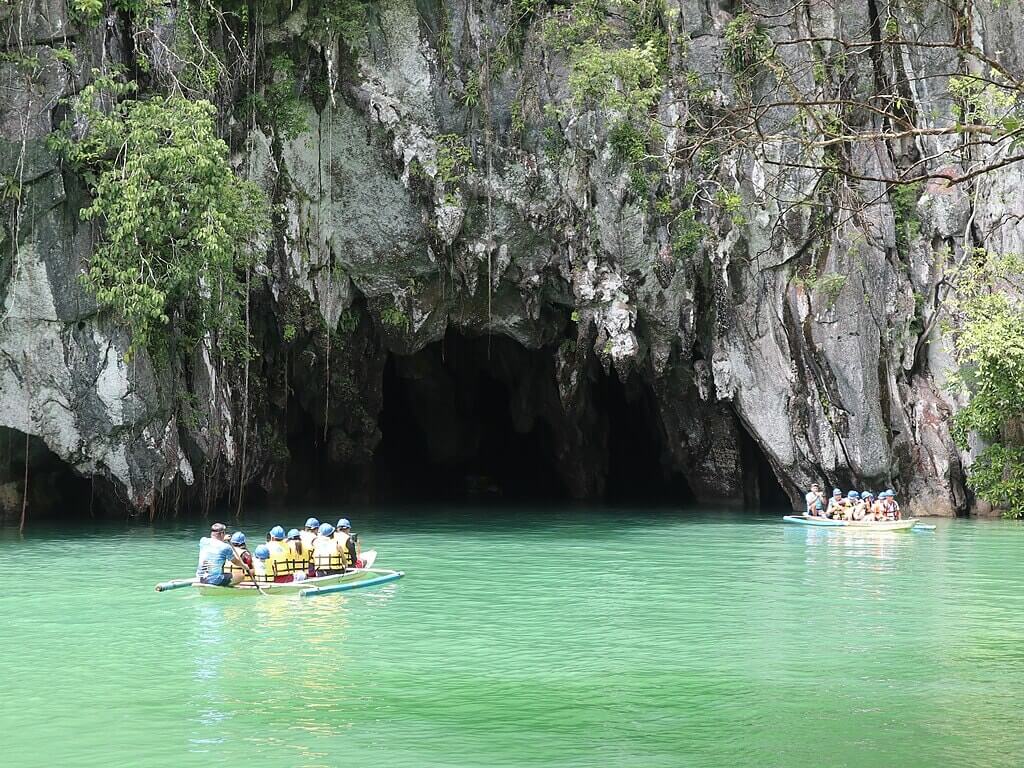
Puerto-Princesa Subterranean River National Park
South of El Nido lies the Puerto Princesa Underground River, part of the Subterranean River National Park and a designated world heritage site.
This extraordinary underground river flows directly into the sea and is surrounded by a national park filled with biodiversity. Boat tours take visitors deep inside its caves, showcasing dramatic rock formations.
Recognized as one of the New 7 Wonders of Nature, the site attracts thousands of visitors annually. Camella Puerto Princesa has made it possible for families to live close to this natural wonder, offering both residents and tourists access to one of the country’s most unique tourist attractions.
Tubbataha Reefs Natural Park
For divers, the Tubbataha Reefs Natural Park is a dream destination. A UNESCO World Heritage Site, this protected marine sanctuary offers some of the best diving sites in the world.
Its coral reefs are home to sharks, manta rays, and schools of fish, making it a paradise for marine enthusiasts. Because it is located offshore, visiting Tubbataha requires planning, but the reward is an unforgettable adventure into one of Earth’s most untouched ecosystems.
Bohol Island
Chocolate Hills
Perhaps one of the most recognizable geological formations in the Philippines, the Chocolate Hills of Bohol fascinate travelers with their symmetrical mounds that turn brown during the dry season.
Declared a national geological monument, these hills are a world renowned tourist spot due to their unique landscape.
Panglao Island
Just off Bohol Sea, Panglao is known for its white sandy beaches and excellent diving sites. The island offers a mix of relaxation and adventure: snorkeling above coral reefs, dolphin-watching boat tours, or lounging on shores lined with coconut trees.
Panglao is also an ideal base for island hopping tours to nearby islands, each offering its own slice of natural beauty.
Camella Bohol provides housing options in the province, making it possible for residents to enjoy living close to both the Chocolate Hills and Panglao’s stunning beaches.
Banaue Rice Terraces in Ifugao
Carved into the mountains more than 2,000 years ago, the Banaue Rice Terraces remain one of the most awe-inspiring world renowned tourist spots in the Philippines. Often called the “Eighth Wonder of the World,” these terraces showcase the ingenuity of the Ifugao people.
The terraces are not only scenic but also carry deep historical significance. Their construction during the pre-colonial period reflects a tradition of sustainable farming that has supported generations.
Today, visiting the terraces is an unforgettable experience for travelers seeking culture and stunning scenery.
For those who want to explore further, treks through the Mountain Province lead to remote villages and panoramic viewpoints—a haven for nature lovers.

Image source: https://commons.wikimedia.org/wiki/Category:Fort_Santiago_(Manila)#/media/File:38825-Manila_(35622676700).jpg
Metro Manila
Fort Santiago and the Walled City
At the heart of Manila City lies Intramuros, the historic walled city built during the Spanish colonial period. Inside its stone walls is Fort Santiago, a citadel that once protected the city from invasions.
It also bears witness to the imprisonment of José Rizal, the country’s national hero, before his execution. Walking its cobbled streets is a journey into the Spanish colonial era, where centuries old churches and plazas remain.
San Agustin Church
Within Intramuros stands San Agustin Church, a UNESCO World Heritage Site and one of the most significant centuries old churches in the Philippines.
Known for its intricate Baroque architecture, the church embodies the country’s rich history and resilience in the face of earthquakes and wars.
San Sebastian Church
Beyond Intramuros, San Sebastian Church is another gem in Manila City. Famous for being the only all-steel church in Asia, it reflects the ingenuity of 19th-century design.
Its gothic spires and stained glass windows invite visitors to explore centuries old churches that reflect Manila’s deep cultural roots.
Manila Bay
No trip to Metro Manila is complete without witnessing the sunset over Manila Bay. Once a strategic site during World War II, today it is celebrated for its beauty and accessibility.
Locals and tourists alike gather along the baywalk to watch the sky turn golden, a symbol of Manila’s enduring charm.
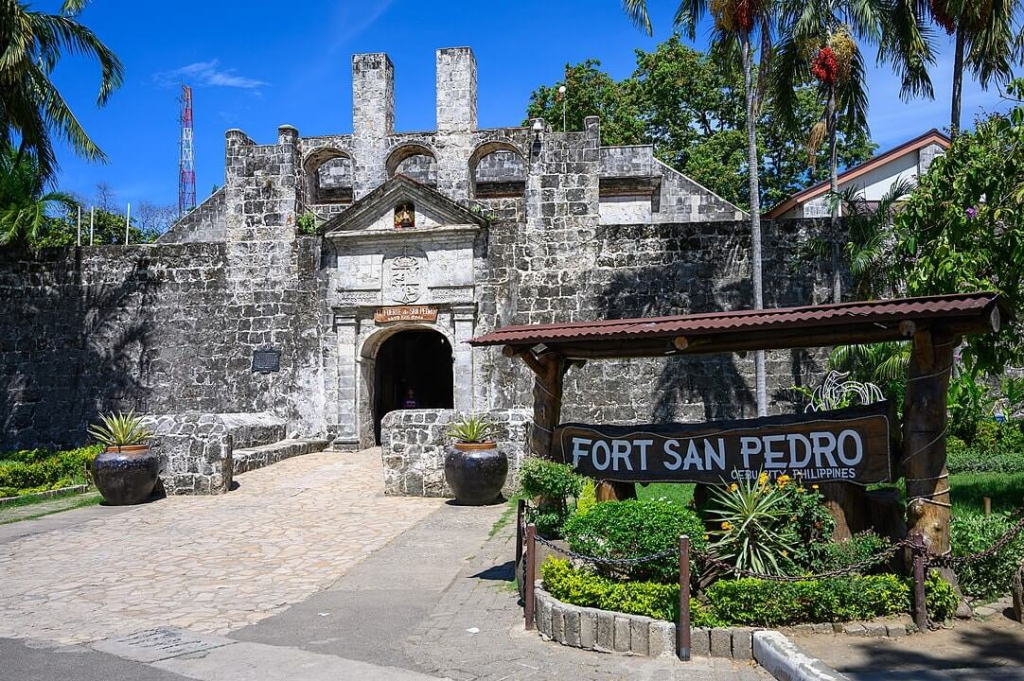
Image source: https://en.wikipedia.org/wiki/Fort_San_Pedro#/media/File:Fort_San_Pedro,_Cebu-City_(49063919082).jpg
Fort San Pedro in Cebu Province
In the Visayas, Cebu City is home to Fort San Pedro, a triangular fortress built during the Spanish colonial era. This historic structure served both as a defensive stronghold and a settlement, reflecting the island’s historical significance.
Cebu also offers adventure beyond its city limits. Travelers can also enjoy island hopping tours from Mactan Island, discovering secluded beaches, coral reefs, and spots for cliff jumping.
This combination of culture and natural beauty makes Cebu a favorite for both history buffs and adventure seekers.
Apo Island in Negros Oriental
A diver’s paradise, Apo Island is famed for its sea turtles, abundant coral reefs, and rich marine biodiversity. As one of the country’s top diving sites, it attracts both beginners and professionals eager to explore its underwater sanctuaries.
With its peaceful surroundings and community-driven conservation efforts, Apo Island is more than just a dive spot—it’s a model for sustainable tourism. For nature lovers, swimming alongside turtles in their natural habitat is an unforgettable experience.
Danjugan Island in Negros Occidental
Unlike commercialized destinations, Danjugan Island remains a hidden gem waiting to be discovered. Known for its pristine beaches, lagoons, and caves, it has been preserved as an eco-tourism site. Visitors can enjoy kayaking, trekking, or simply immersing in natural beauty without large crowds.
Danjugan proves that the Philippines’ pristine islands still hold secrets for travelers willing to venture off the beaten path. Its dedication to conservation ensures an unforgettable adventure for future generations.
Vanishing Island in the Davao Region
Near Davao City, Vanishing Island is a sandbar that emerges during low tide, offering visitors a surreal experience.
Its crystal clear waters make it ideal for snorkeling and wading, while the quiet surroundings provide a peaceful environment for families.
This destination highlights the region’s natural beauty, combining accessibility with uniqueness. Like other spots in Mindanao, Vanishing Island embodies the promise of new discoveries in a tropical paradise.
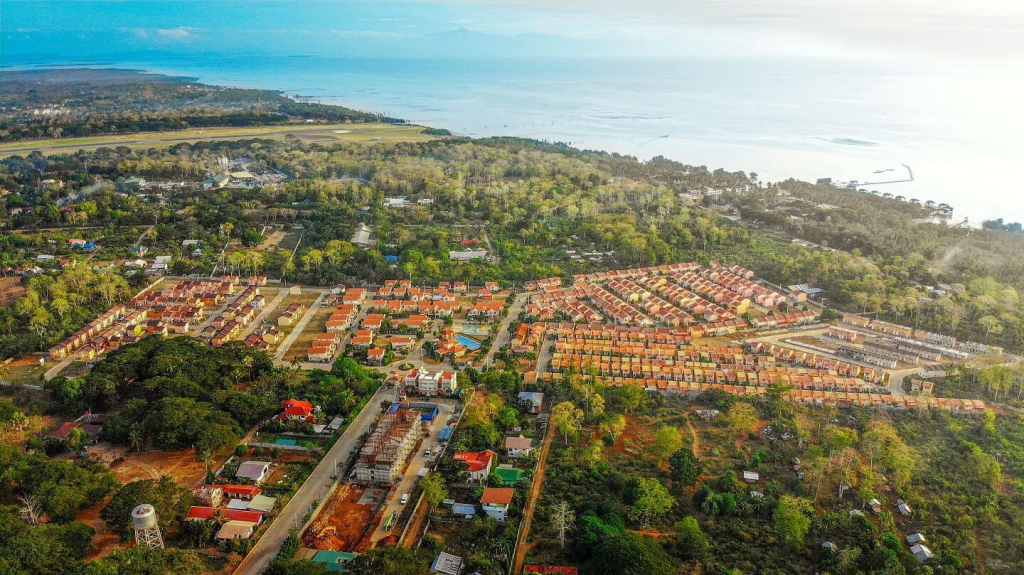
Conclusion
From the timeless Banaue Rice Terraces to the lively shores of Boracay Island, the Philippines offers a tapestry of experiences for every traveler.
Its world-renowned tourist spots combine stunning beaches, centuries old churches, and marine sanctuaries like the Tubbataha Reefs Natural Park. Each location tells a story of resilience, history, and unparalleled natural wonders.
Whether you are drawn to the Spanish colonial period streets of Intramuros, the diving havens of Apo Island, or the stunning limestone cliffs of El Nido, these destinations guarantee an unforgettable experience.
And with developments like Camella Homes in key areas such as Puerto Princesa, Legazpi, Bohol, and Cebu, visitors who fall in love with these places can stay closer to the attractions they cherish.
The Philippines is more than just a travel destination—it is a land of warm hospitality, breathtaking landscapes, and endless adventures waiting to be explored.
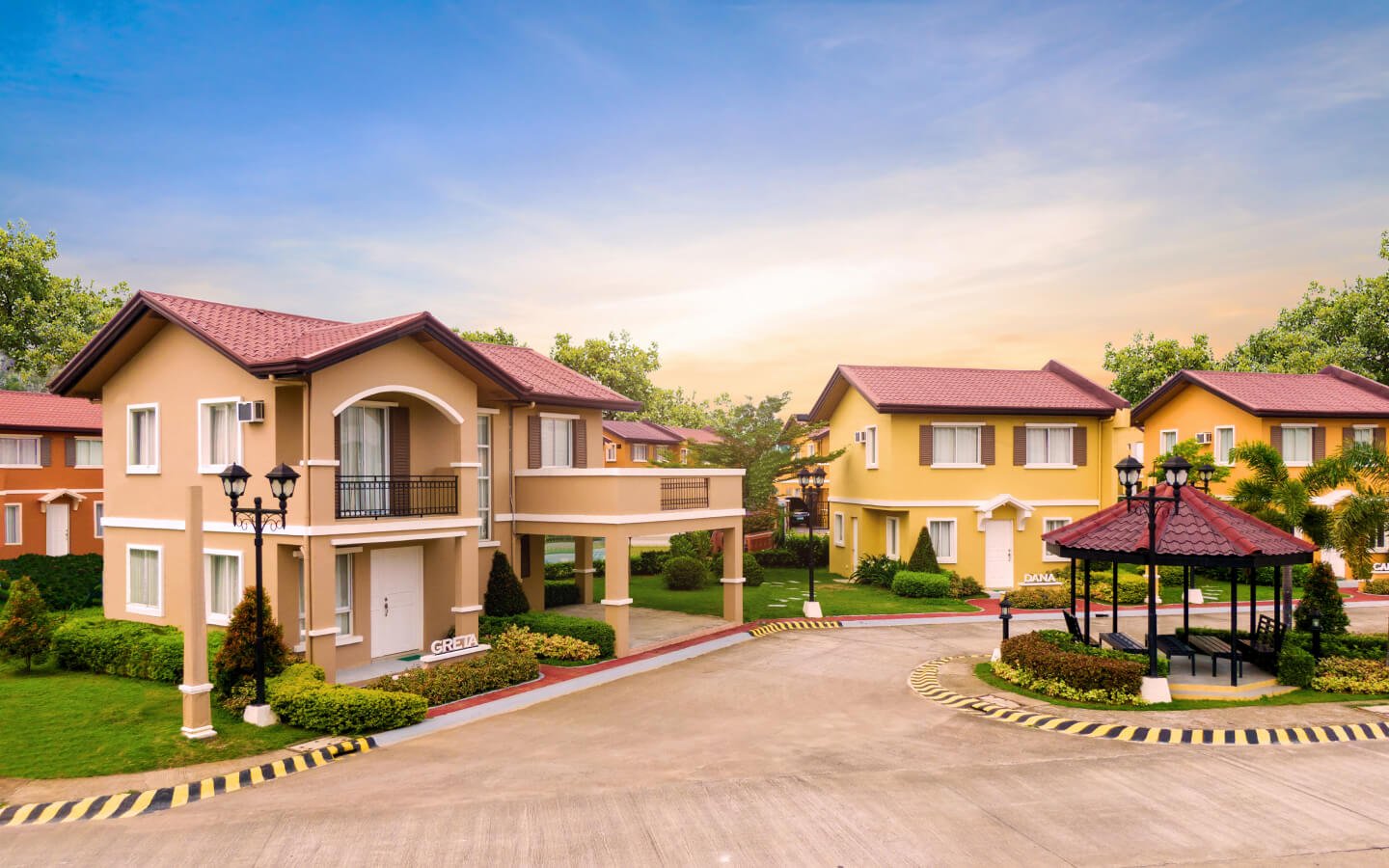
Celebrate Life’s Milestones in Camella!
Make unforgettable memories in a Camella home.
Our communities are designed to elevate your living experience.

